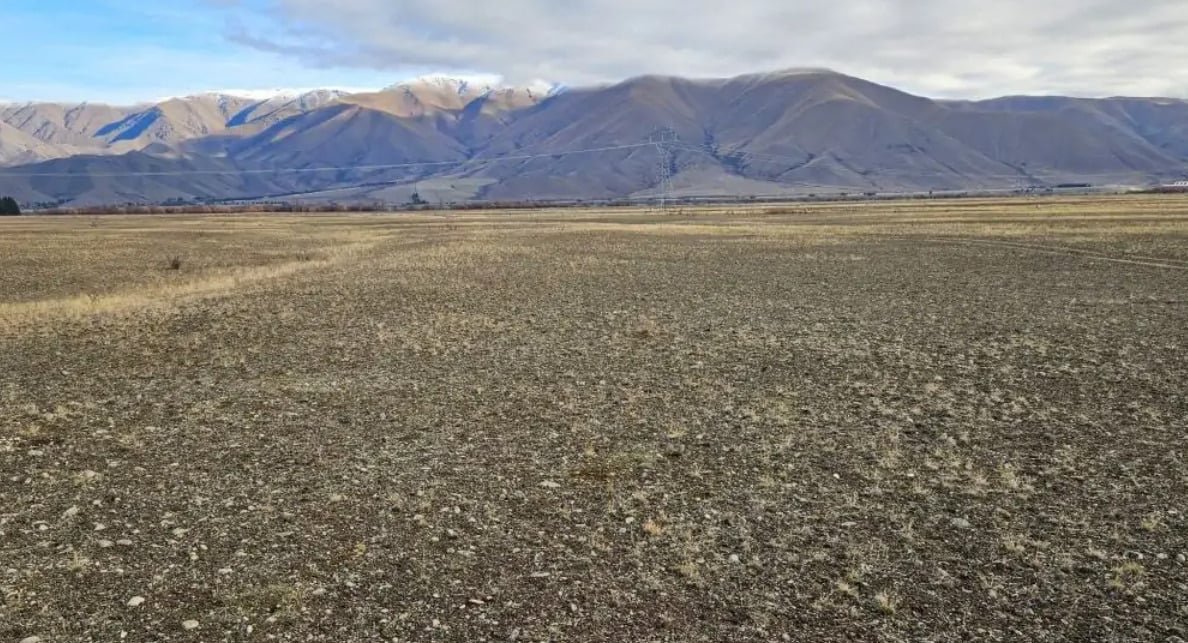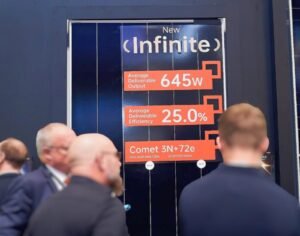Lodestone has sought to expand its portfolio through two phases, the first of which saw five projects fully funded in 2022. The second phase, of which the Haldon project is part, includes three further projects on the South Island that the company intends to commission by 2026.
“We believe, from research and observation on other well-planned developments on the property, that the partial shade and shelter from the panels will result in a beneficial effect on the lands below and result in revegetation of the original native fauna and flora,” explained Paddy Boyd, who has run the Haldon Station farm for 42 years.
Boyd also noted that the 340 hectares earmarked for the solar project will be separated from the farm’s flora and fauna to allow for “complete regeneration” of the area’s grasses, which Lodestone said has suffered from wind erosion and pest infiltration in the past.
This combination of generating electricity from solar sources and effective land management is a key component of agriPV, which has received increased attention in recent months. Last year, the European Commission noted that the use of agriPV alone could achieve Europe’s solar deployment goals until the end of the decade. However, in the following months, Italy has banned new agriPV projects raising questions about the future of the practice in the country.



